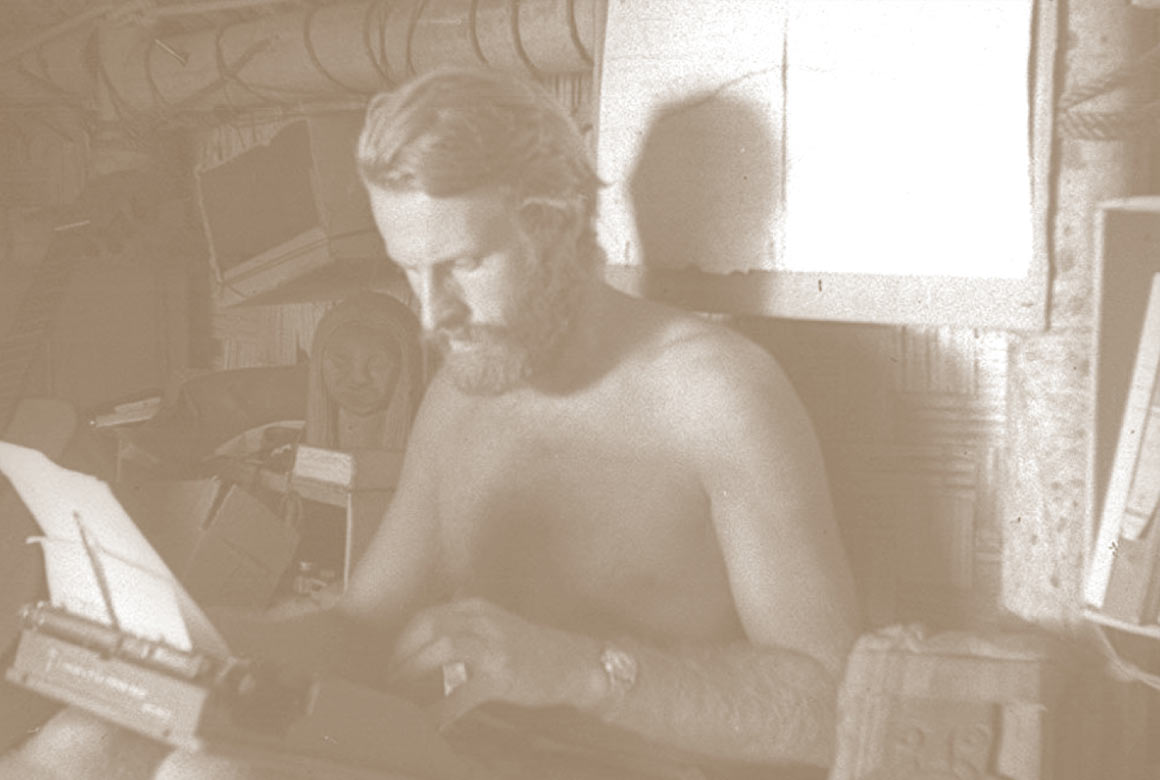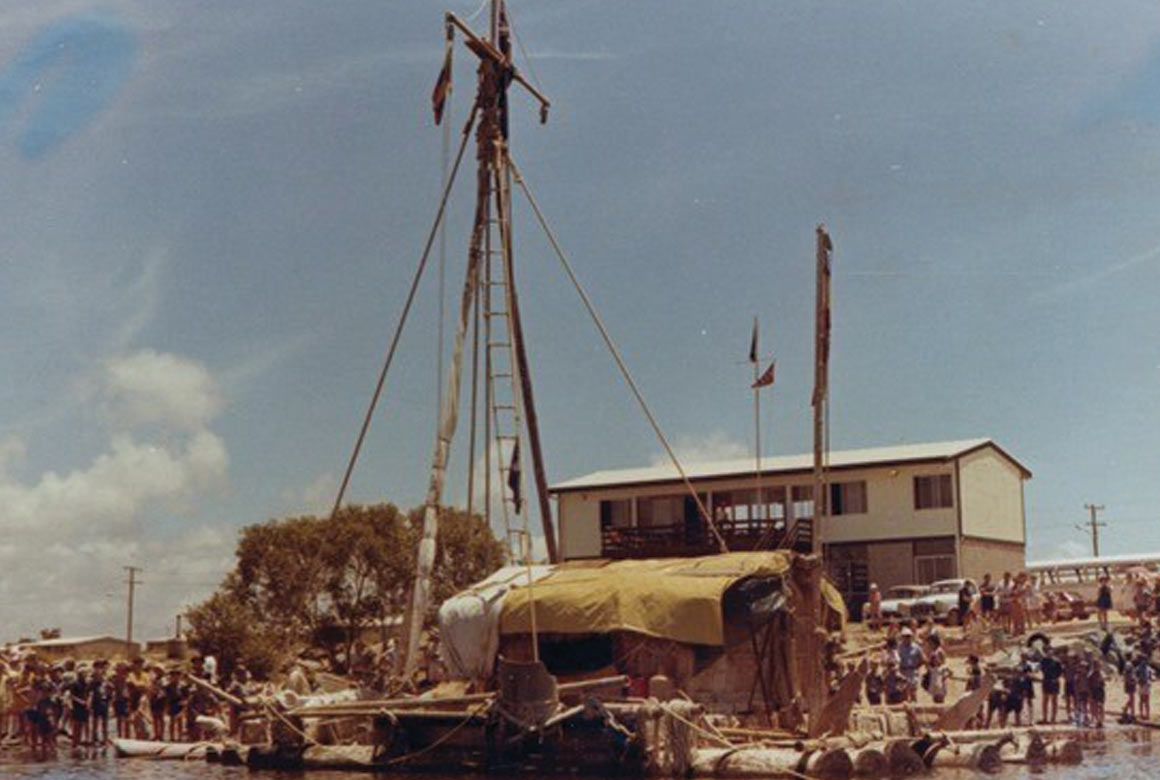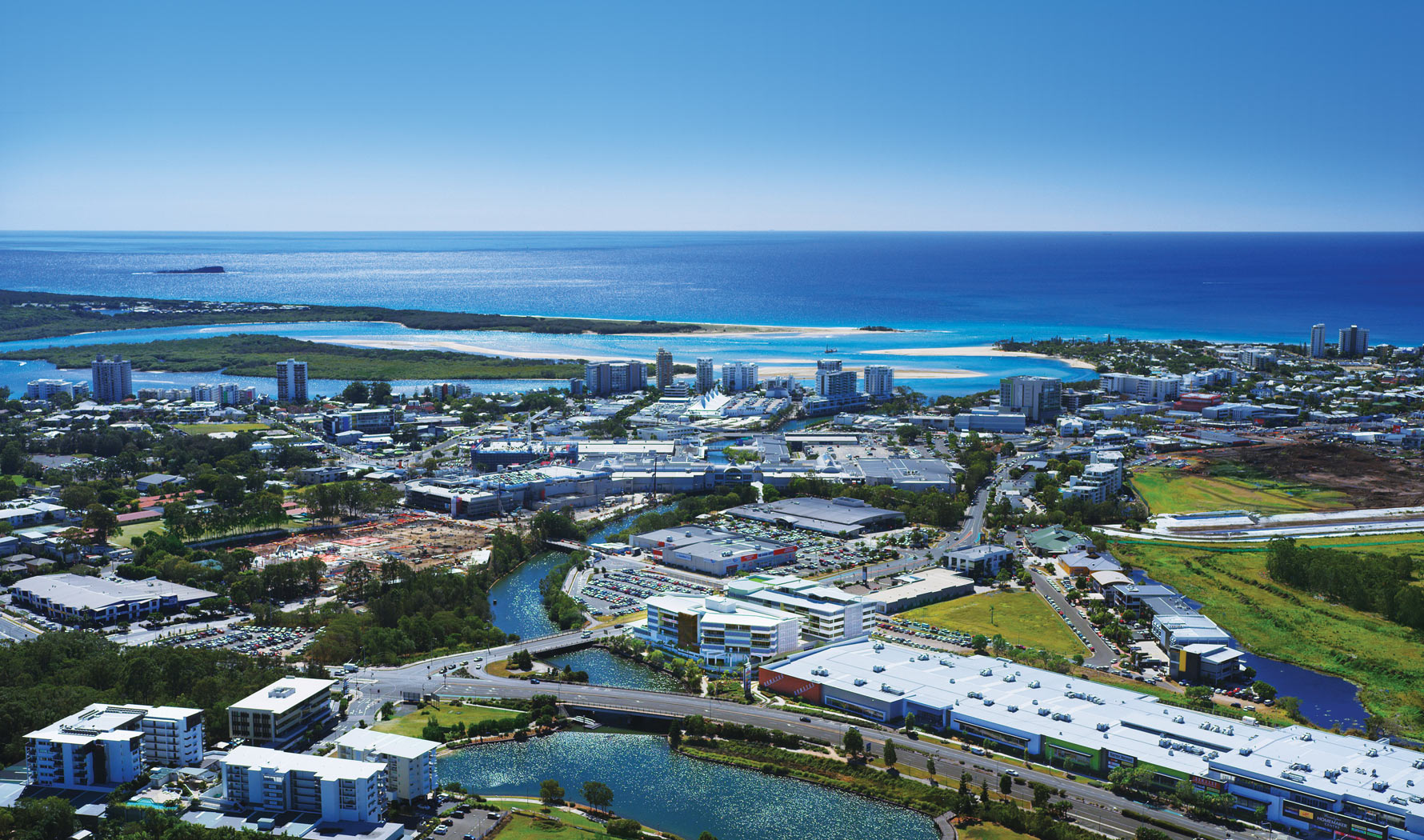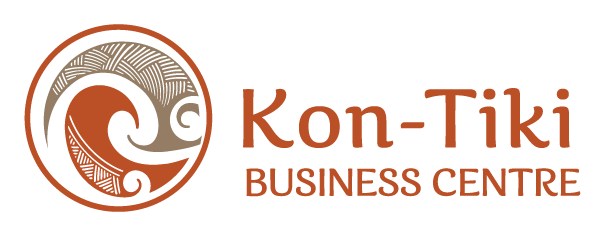The story of Kon-Tiki
This is the story of a man
behind a bold idea
This is the story of a man behind a bold idea, how he set sail across the Pacific Ocean against the odds and his voyage’s connection to this pioneering commercial development in the heart of the Sunshine Coast.
While living on the remote island of Fatu Hiva in French Polynesia in the early part of last century, a Norwegian anthropologist by the name of Thor Heyerdahl began exploring how the French archipelago had come to be discovered some 1,500 years previously. Based on the evidence at hand (such as stone carvings, primitive navigation and botany), Heyerdahl developed the theory that Indonesian sailors were not the first settlers in Polynesia, but South American Indians, who crossed the Pacific Ocean on a pre-Columbian balsawood raft.
A Norwegian anthropologist by the name of Thor Heyerdahl began exploring how the French archipelago had come to be discovered some 1,500 years previously.

The Kon-Tiki expedition was the first primitive sea craft to travel such a long distance in modern times.
It was 1937 and this bold theory was rejected by the anthropological and scientific communities around the globe. In an effort to prove his hypothesis, Heyerdahl rounded up a small team of specialists, headed to Peru and once there, constructed a raft out of balsa logs, hemp rope and other native materials in an indigenous style as recorded in illustrations by Spanish conquistadores.
Heyerdahl named this craft Kon-Tiki. It was named after the Inca sun god, for whom Kon-Tiki was said to be an old name. With the raft built and only a few modern conveniences (radio, watches, charts, sextant, and metal knives) the trip began on April 28, 1947. Heyerdahl and five companions sailed the raft for 101 days over 6900 km (4,300 miles) across the Pacific Ocean before smashing into a reef at Raroia in the Tuamotu Islands, French Polynesia, on August 7, 1947. The crew made successful landfall and all returned safely. Heyerdahl’s bold aim in mounting the Kon-Tiki expedition was to show, by using only the materials and technologies available to those people at the time, that there were no technical reasons to prevent them from having done so. The Kon-Tiki expedition was the first primitive sea craft to travel such a long distance in modern times.
Amazingly, in 1970 a raft built of the same materials and construction but with the addition of ‘guaras’, or moving keel-boards, crossed the entire Pacific Ocean and made landfall on Mooloolaba Beach.
This raft was ‘La Balsa’, inspired by the Kon-Tiki voyage some 20 years previous. It departed South America also, but managed to travel twice the distance of Kon-Tiki, making its way across the Pacific Ocean in 186 days. A major feet given the basic nature of the sea-craft’s construction and limited navigational capabilities.
La Balsa became very popular in Australia and saw much more of this country than the crew ever did. A few weeks after its arrival, La Balsa was mounted on a truck and sent to be displayed in Brisbane, Sydney, Melbourne and Adelaide. It was later sent to Spain.
Mal Pratt, the owner and developer of both the La Balsa and Kon-Tiki business centres, paddled out from Mooloolaba beach in 1970 to meet the arrival of the La Balsa expedition. The Pratt Property group have named these two flagship Sunshine Coast commercial developments after the inspirational journeys of both the Kon-Tiki and La Balsa rafts.
It departed South America also, but managed to travel twice the distance of Kon-Tiki, making its way across the Pacific Ocean in 186 days.


